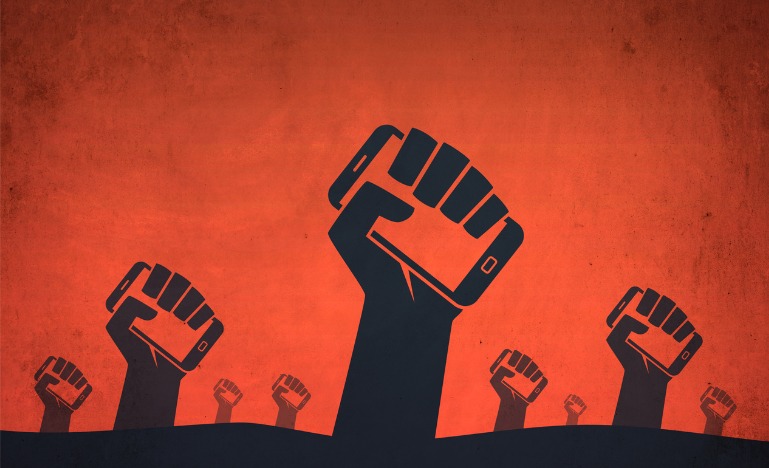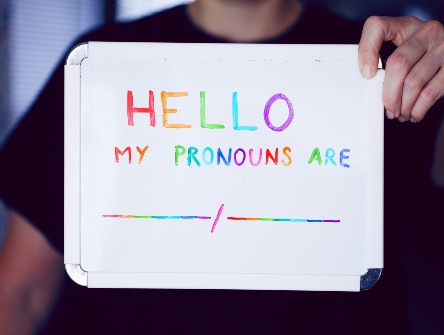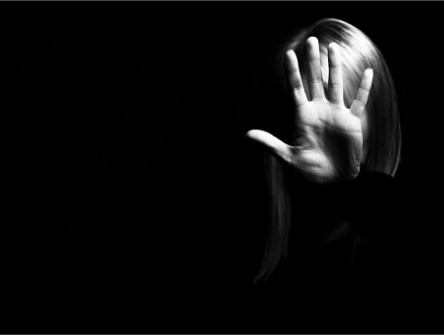Using digital evidence to prosecute war crimes
The ICC's investigation in Ukraine will rely on a thick trail of images documenting the conflict.

When International Criminal Court prosecutor Karim Khan issued the court's arrest warrant for Vladimir Putin and his Commissioner for Children's Rights, Maria Lvova-Belova on 17 March 2023, he mentioned the "advanced technological tools" the court is using in its ongoing investigation. We can't know what specific evidence the ICC's Office of the Prosecutor is collecting and analyzing, but I am certain (and investigators with whom I spoke have confirmed) it includes massive amounts of digital documentation.
Satellite imagery, geolocation analysis, photographs and video from mobile devices, and other digital data sources offer powerful supplements to eyewitness accounts of war crimes. As lawyers representing Ukraine before the European Court of Human Rights recently asserted, digital evidence has become "a new frontier which can produce reliable and highly probative conclusions in complex cases."
While researching my book #HumanRights and my fact-based war crimes novel, The Memory Seeker, I received advanced training in digital investigation from Berkeley's Center for Human Rights and the Institute for International Criminal Investigations. I write about the 2012-2013 civil war in Mali, West Africa and the ICC investigation in its aftermath, a pivotal case involving the first significant use of digital evidence in a war crimes prosecution.
Ahmad al-Faqi al-Mahdi, a leading member of the insurgent Islamist group Ansar Eddine, stood accused of directing the destruction of UNESCO heritage during the occupation of Timbuktu. ICC prosecutors relied heavily on visual digital evidence. For example, al-Mahdi and his followers had filmed themselves destroying shrines and libraries. Taken together, there was an enormous trove of video evidence of al-Mahdi's crimes, including a large amount of self-incrimination.
In its judgment, the ICC mentions the hundreds of items of evidence presented by the prosecution and draws specific attention to an interview al-Mahdi gave to journalists while the destruction of the Sidi Yahia Mosque was taking place. In 2016, largely due to the strength of the digital evidence against him, al-Mahdi pleaded guilty and was sentenced by the ICC to nine years' imprisonment.
From this point, the use of digital video evidence by war crimes investigators has taken off, and is now used as part of cases in all international tribunals.
Artificial intelligence, fakes, and the Berkeley Protocol
With the rise of advanced video editing and artificial intelligence tools, telling real videos from fake ones is harder than ever. For instance, we can use machine learning algorithms to generate convincing fake videos by mapping a target person's facial features onto another individual's face. If investigators cannot guarantee that the evidence they present is real, what would be the point of presenting it in court?
Faced with the possibility of fakery, one strategy used by defense teams has been to call into question the reliability of digital evidence. Lawyers for Russia, for example, attempted to claim that the work of the Joint Investigation Team (JIT) in the MH17 trial had relied on "dubious digital material" which was "susceptible to manufacture or manipulation."
However, the European Court of Human Rights (ECHR), in the case of Ukraine and The Netherlands vs Russia (applications nos. 8019/16, 43800/14 and 28525/20), unequivocally supported the admission of digital visual evidence as "credible and serious" against the arguments by lawyers representing Russia.
During the past several years, there has been rapid progress toward accepting digital visual evidence in international tribunals. Part of the credit for this goes to the University of California Berkeley School of Law's Human Rights Center, which released a guide to using digital evidence intended for investigators, lawyers and judges in international tribunals. The Berkeley Protocol sets standards for legal relevance, security and the handling of digital evidence. It includes ethical guidance for investigators, such as the need to protect the identity of witnesses, and promotes awareness of the psychological effects of viewing disturbing content.
The Berkeley Protocol discusses several stages of a digital visual investigation. The first involves getting the evidence. Investigators sometimes find themselves in a race to download and preserve digital content before a content moderator – sometimes a person or more often an AI-enabled tool – deletes it and it disappears.
Once a video is safely in their possession, analysts have to authenticate it. Part of this process involves establishing the chain of custody, answering where the evidence came from and where else it has been, from the time and place the video was shot to the point when investigators acquired it.
There follows a process of answering the where, when, and what questions of the digital content. In their analysis, investigators look for distinctive buildings or trees that can be seen in satellite imagery. This can help determine exactly where a video was filmed and what direction the camera was pointed. The date of a video can be narrowed down by something as simple as the price of gasoline (which varies almost daily) in a video that includes an image of a gas station.
The ICC is now using the Berkeley Protocol to investigate the abduction of children in Ukraine. If and when the time comes for prosecutors to present digital evidence of Russian war crimes in court, there will be little need for lawyers to argue over its value or validity.
Digital evidence of war crimes in Ukraine
The ICC's current investigation in Ukraine will rely on the thick trail of digital evidence that journalists, regular citizens, and even perpetrators themselves have documented over the course of the war. In March 2023, the Associated Press published images and video of Ukrainian children loaded onto buses in the Donetsk region of Ukraine, and others of Ukrainian children eating together in Russia.
And if indictments issued by the ICC for war crimes in Ukraine extend to executing war prisoners or bombing civilian infrastructure, we already have a good idea of how digital data might be used as evidence. Two research agencies that have previously worked with the ICC have released their own visual investigations. SITU Research has assembled digital evidence of war crimes in Bucha. And Forensic Architecture has posted three investigations of war crimes in Ukraine, including the March 2022 Russian attack on the Mariupol Theater, where civilians were sheltering from Russian bombing.
Witnesses will always have a central place in war crimes investigation, but digital visual evidence gives their testimony greater authority. It makes a tremendous difference to a prosecution's case by supplementing witness accounts with forensically analyzed imagery. In Ukraine, both the testimony and the images we see of war crimes are powerful and persuasive.


